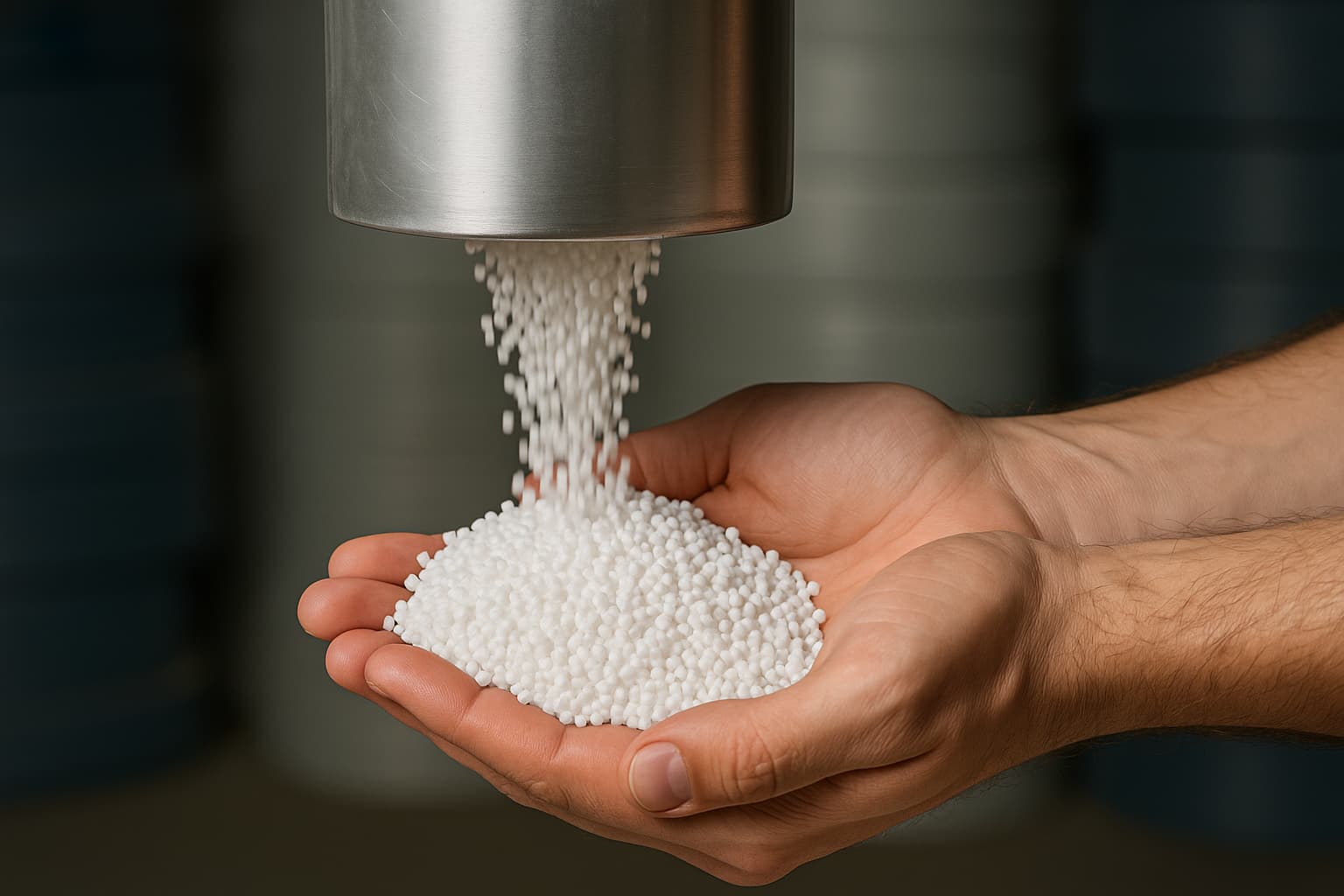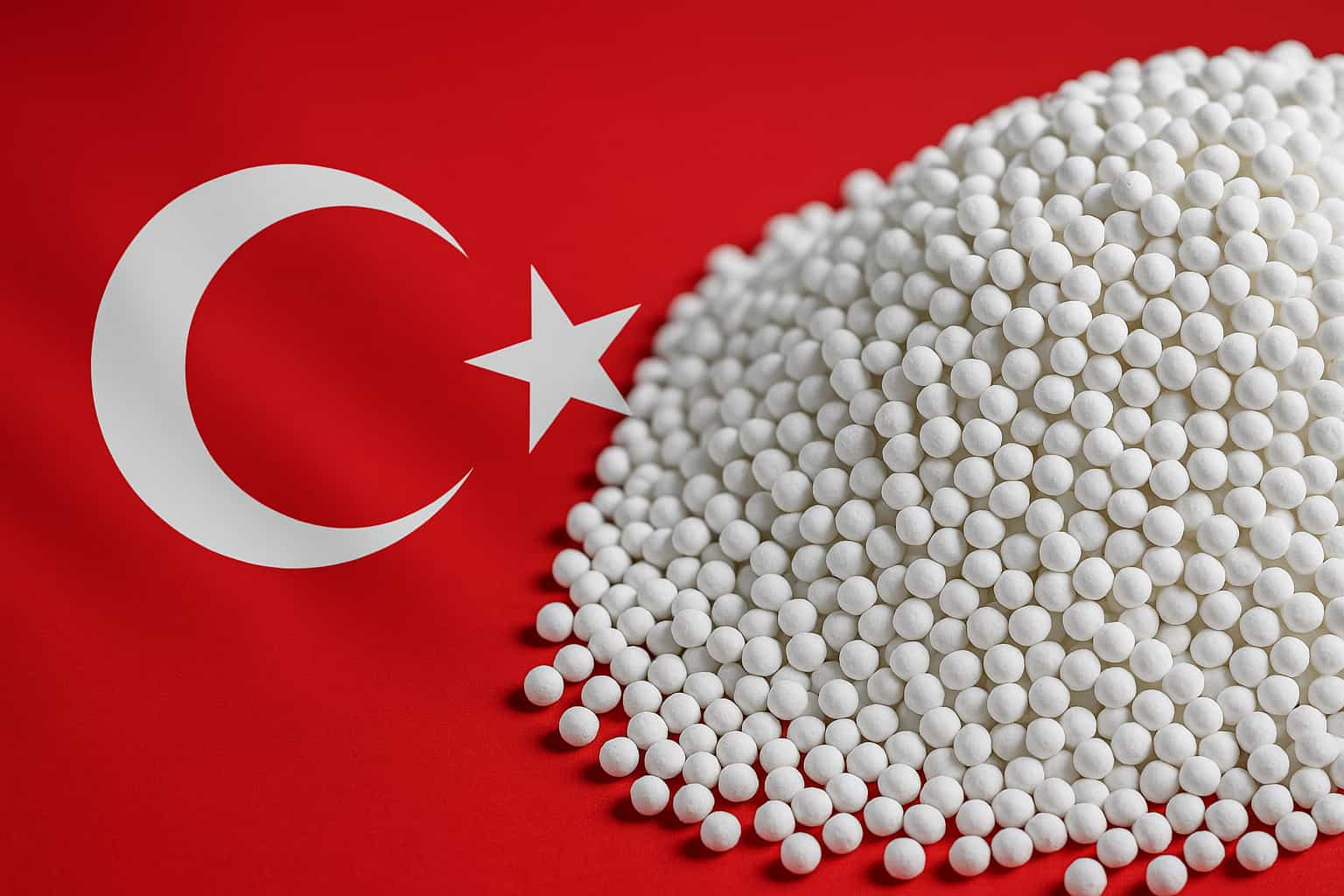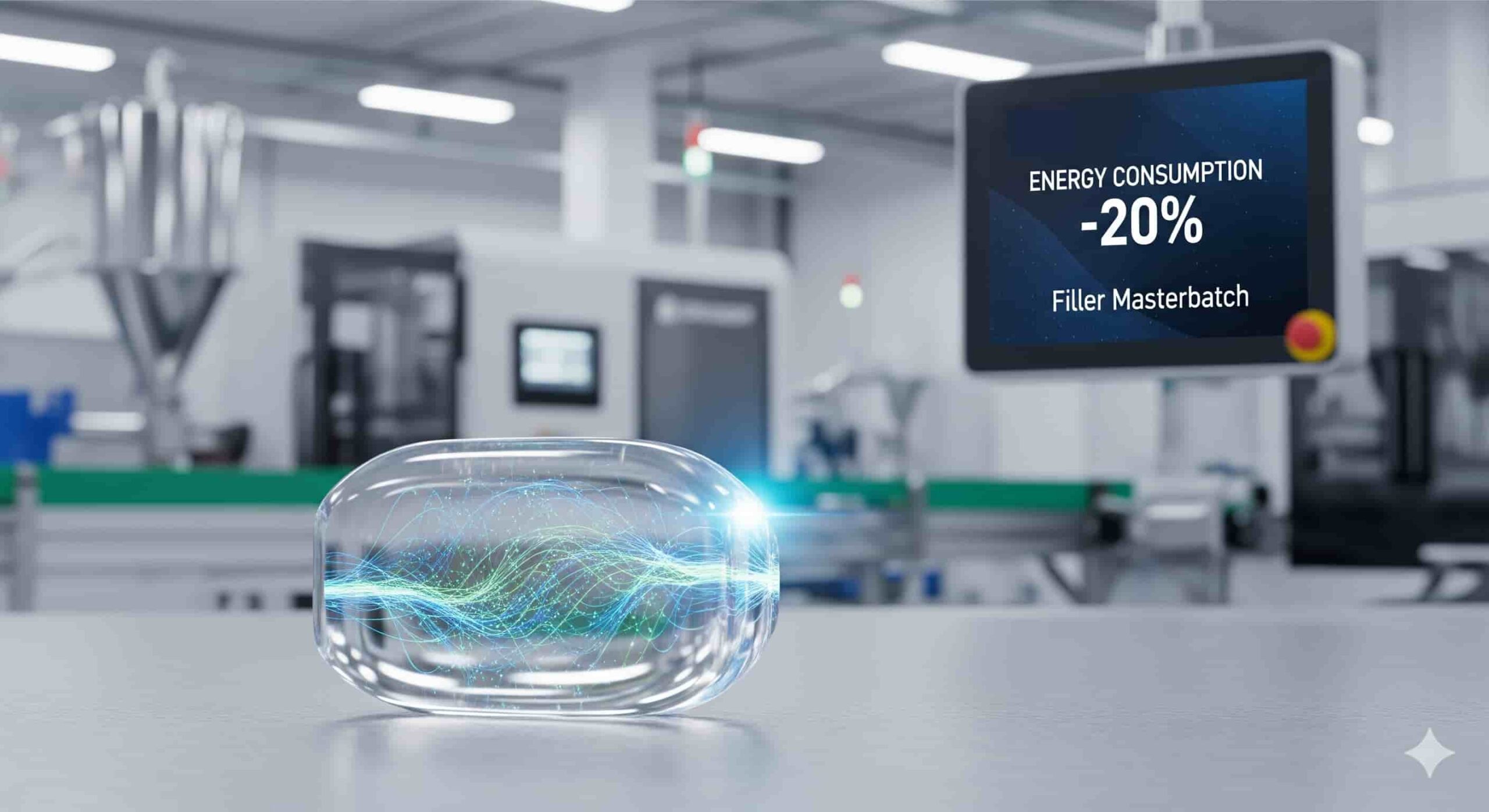Fiber-Reinforced Plastic (FRP) is a lightweight, durable composite of fibers (e.g., glass, carbon) and resin (e.g., polyester, epoxy). It’s used in construction, automotive, aerospace, and DIY projects for its corrosion resistance and strength. Costs range from $2–$20 per square foot. This guide covers composition, manufacturing, applications, costs, and more.
Wondering what FRP plastic is and how it’s used? This beginner’s guide explains everything you need to know about fiber-reinforced plastic, from its benefits to practical applications, in a clear, easy-to-read format. Whether you’re exploring industrial uses or DIY projects, we’ve got you covered.
1. What Is Fiber‑Reinforced Plastic (FRP)?
Fiber-reinforced Plastic, or FRP plastic, is a strong yet lightweight composite material made by combining a plastic resin with reinforcing fibers—usually glass, carbon, or aramid. This blend creates a material that’s tougher, more durable, and more resistant to wear than regular plastic.
You might’ve also heard terms like fiber-reinforced polymer, FRP composite, or glass-reinforced plastic (GFRP). These are often used interchangeably, but here’s a quick distinction: fiberglass or GFRP refers specifically to FRP made with glass fibers. In contrast, FRP can be reinforced with various fiber types, not just glass. According to the Composites Manufacturing Magazine (2023), FRP’s versatility stems from its customizable fiber-resin combinations.

2. History & Evolution of FRP
Fiber-reinforced plastic (FRP) traces its roots to the early 1900s with the invention of Bakelite, one of the first synthetic plastics. By the 1930s, researchers began experimenting with adding fibers—like glass—to plastic resins to improve strength and durability.
The breakthrough came during World War II, when fiberglass-reinforced plastic was used in radar domes and aircraft parts. It was light, strong, and easy to mold—perfect for military needs. For example, the Boeing B-29 Superfortress used FRP components to reduce weight by 15% compared to aluminum (Journal of Composite Materials, 2019).
After the war, FRP quickly found its way into civilian industries. From boats and cars to pipes and buildings, its unique mix of strength and flexibility made it a go-to material. Today, FRP is everywhere, and it continues to evolve with new fiber types and smarter resins.

3. What FRP Is Made Of?
At its core, FRP is made from two key ingredients: fibers and a plastic resin. The fibers give the material strength. The resin holds everything together and gives it shape.
The most common fibers used are:
- Glass fibers: Affordable and flexible, ideal for general applications.
- Carbon fibers: Lightweight and high-strength, used in aerospace.
- Aramid fibers (like Kevlar): Impact-resistant, used in protective gear.
Then comes the resin, also called the matrix. It’s usually a thermosetting plastic like polyester, epoxy, or vinyl ester. The resin surrounds the fibers, protects them from damage, and transfers loads between them.
Think of it like this: the fibers are the bones, and the resin is the skin. Together, they form a tough, reliable material that outperforms regular plastic.

4. How FRP Is Manufactured?
The Fiber-reinforced plastic (FRP) manufacturing process depends on what the final product needs to do—be it strong, flexible, lightweight, or all of the above. But in every case, it’s about combining fibers with resin in a way that maximizes performance.
- Hand lay-up: Workers lay fibers into a mold and brush resin over them. It’s simple and great for custom shapes like tanks or boat hulls.
- Vacuum bagging: Removes air from the mold, pulling resin deep into fibers for a stronger finish, used in aerospace parts (ISO 10350-2).
- Pultrusion: Pulls fibers through a resin bath, then shapes and cures them into long, uniform parts like beams or pipes.
- Filament winding: Fibers are wound around a rotating form while resin is applied, ideal for pipes and pressure vessels.
- Resin transfer molding (RTM): A closed-mold technique for detailed parts with smooth finishes, used in automotive components.
Case Study: The San Francisco-Oakland Bay Bridge used pultruded FRP rebar to reduce corrosion and extend lifespan by 20 years (Civil Engineering Journal, 2021).
For DIY Enthusiasts: Hand lay-up is accessible for small projects like custom panels or furniture. Materials cost $10–$50 per square meter, depending on fiber and resin type.
5. Key Properties & Technical Advantages of Fiber-reinforced plastic
So, what makes FRP stand out?
- High Strength-to-Weight Ratio: First, it’s incredibly strong for its weight. For example, carbon FRP has a tensile strength-to-weight ratio up to 5 times higher than steel (ASTM D3039). This makes it ideal for aerospace or automotive design.
- Corrosion Resistance: FRP is also resistant to corrosion. Unlike steel, it won’t rust. And unlike wood, it doesn’t rot or warp. That’s why it’s used in bridges, chemical tanks, and marine structures.
- Durability: FRP holds up against chemicals, moisture, UV exposure, and even extreme temperatures. It doesn’t crack easily and can absorb vibrations and shocks without breaking down.
- Versatility: Depending on the resin and fiber type, it can also be electrically non-conductive or fire-resistant (e.g., meeting UL 94 V-0 standards), making it useful in construction and electronics.
6. Common Applications Across Industries
FRP isn’t just tough—it’s versatile. That’s why you’ll find it in almost every major industry today.
- Construction: Used for rebar, wall panels, grating, and beams. It’s lightweight, corrosion-resistant, and easy to install (ACI 440.1R).
- Automotive: Used for body panels, bumpers, and interiors to reduce vehicle weight by up to 30%, improving fuel efficiency (SAE J2747).
- Marine: Boat hulls and docks due to saltwater resistance.
- Aerospace: Aircraft components and UAVs for strength-to-weight benefits.
- Chemical Plants: Tanks and pipes that resist corrosion (ASME RTP-1).
- Healthcare: FRP wall panels in hospitals and kitchens, certified for mold resistance (FDA 21 CFR 177.1520).
Case Study: Tesla’s Model 3 uses carbon FRP in its battery enclosure, reducing weight by 10% compared to aluminum (Automotive Engineering Review, 2022).

7. Benefits of Using FRP Plastic
Why choose FRP over other materials? It all comes down to performance and practicality.
- Lightweight Strength: FRP is lightweight but strong. You can move and install large structures without heavy equipment, which saves time and labor costs. Yet, it holds up under pressure—literally.
- Corrosion Resistance: FRP’s also corrosion-resistant, meaning it won’t rust, rot, or degrade in tough environments. That makes it ideal for outdoor or chemical-heavy settings.
- Design Flexibility: FRP can be molded into just about any shape, making it perfect for custom parts or complex structures.
- Low Maintenance: No painting, sealing, or constant repairs. It’s a “set it and forget it” kind of material.
8. Limitations & Environmental Impact
FRP has challenges.
One major challenge is recycling. Since FRP is a mix of fibers and resin, it’s harder to break down or reuse compared to single-material products. Most FRP waste ends up in landfills, which raises sustainability concerns.
There’s also the issue of brittleness under certain loads. If not properly designed, FRP can crack or delaminate under impact or long-term stress.
And while it’s heat-resistant to a point, extreme temperatures can weaken some types of resin (e.g., polyester FRP degrades above 120°C).
Still, innovations are underway. New bio-based resins and greener manufacturing methods are being developed to reduce FRP’s environmental footprint—so the future looks promising.
9. FRP vs Alternatives
FRP is often compared to materials like fiberglass, carbon fiber, metal, and even PVC—and for good reason. Each has its strengths, depending on the job.
If you’re wondering how FRP stacks up against fiberglass, we’ve already covered that in detail [in this article → FRP vs Fiberglass: What’s the Difference?]. It breaks down the key similarities and differences to help you choose the right fit.
Compared to metal, FRP is lighter and corrosion-resistant, making it easier to handle and more durable in harsh environments. And when stacked against carbon fiber, FRP is more affordable, though not quite as strong or lightweight.
Even traditional materials like wood or PVC can’t match FRP when it comes to long-term durability and weather resistance.
| Material | Weight (kg/m³) | Cost ($/m²) | Corrosion Resistance | Tensile Strength (MPa) |
| FRP | 1,800 | $2–$20 | High | 300–1,500 |
| Steel | 7,850 | $1–$5 | Low | 400–1,200 |
| Aluminum | 2,700 | $5–$10 | Medium | 100–400 |
| PVC | 1,400 | $1–$3 | High | 40–60 |
| Wood | 600–800 | $1–$4 | Low | 20–100 |
10. Choosing the Right FRP for Your Needs
Not all FRP is created equal. The right choice depends on what you need it to do.
Start with the fiber type. If you need affordability and general strength, glass fiber (GFRP) is a solid pick. For high-performance parts where weight really matters—like in aerospace—carbon fiber may be better. Aramid fibers are great for impact resistance.
Read more: Fiberglass vs Carbon Fiber Reinforced Plastic: Which One Should You Use and Why?
Then, consider the resin. Polyester is cost-effective. Epoxy offers high strength and chemical resistance. Vinyl ester is a good middle ground.
Also think about the manufacturing method. Pultrusion is great for uniform parts like beams. Hand lay-up works well for custom shapes. Each method affects the finish, strength, and cost.
Finally, match your FRP to your environment. Will it face chemicals? Heat? Outdoor exposure? A little planning ensures your FRP performs exactly the way you need it to.
Checklist for Choosing FRP:
- Define project needs (e.g., strength, weight, corrosion resistance).
- Select fiber type based on budget and performance.
- Choose resin for environmental conditions (e.g., chemical exposure).
- Match manufacturing method to part complexity.
11. Future Trends & Innovations
FRP isn’t standing still—new developments are making it even better.
One big trend is sustainability. Manufacturers are exploring bio-based resins and natural fibers like flax or hemp to reduce environmental impact. These eco-friendly options aim to solve FRP’s recycling challenge without losing performance.
There’s also a push toward smart composites. Imagine FRP that can sense stress, temperature, or damage in real time. That’s already in the works.
And as 3D printing evolves, we may soon see custom FRP parts made on demand, cutting waste and speeding up production.
12. FAQs (Frequently Asked Questions)
Is FRP waterproof?
Yes. FRP is highly water-resistant, which is why it’s used in boats, bathrooms, and outdoor structures. It doesn’t absorb moisture or swell like wood.
Can FRP be recycled?
It’s tricky. FRP isn’t easily recyclable because it’s made of mixed materials. But newer methods and bio-based alternatives are in development.
Is FRP stronger than steel?
FRP isn’t stronger in all ways, but it has a better strength-to-weight ratio. That means it can deliver similar strength at a much lower weight.
Can FRP handle heat?
Yes—but only to a point. High temperatures can affect certain resins. For high-heat use, specialized heat-resistant FRP is recommended.
Is FRP safe for food or medical use?
Some FRP products are made to meet food-grade or medical standards. Always check for certifications if safety is a concern.
What’s the best way to use FRP in DIY projects?
Use GFRP with hand lay-up for garden structures or furniture ($10–$50/m²)
How much does FRP cost?
GFRP: $2–$5/ft²; carbon FRP: $15–$20/ft².
13. Conclusion
Fiber-reinforced plastic (FRP) might seem complex at first, but it’s really just a smart mix of strength, flexibility, and durability. From construction sites to car factories, it’s helping industries build better, lighter, and longer-lasting products.

EuP Egypt, a member of EuP Group – a leader in the masterbatch industry since 2008, provides high-performance materials for industries like automotive and construction. Certified to ISO 9001 and ISO 14001, we’ve supplied glass fiber-reinforced engineering compounds for over 500 projects, including electrical enclosures and bridge panels.
While we specialize in GFRP, this article provides an objective understanding of what FRP is based on industry standards. Contact us at info@eupegypt.com or visit Contact us for inquiries.





